Shopping for a tripod may be one of the most complicated endeavors a photographer can take on. Lights, lenses and other accessories are pretty easy. Most things on the market in these instances are relatively similar and the differences can be negligible. With tripods, that is not the case.
There are so many options at every price point on the market that it’s hard to choose. In my case, I went through various models at the cheaper and middle-grade ends of the market with varying results. At first, the cheaper models were fine. All that I used them for was tabletop work, where if I didn’t knock it by accident, there was little chance of movement.
But as I started to get outside more for landscape photography, the downfalls of using a cheap tripod became apparent immediately. Upgrading to middle-grade models did little to solve the problem. Still fine in a studio environment, they always underperformed on location.
Finding the Right Tripod

This all changed when I visited the Manfrotto stall at a trade show in the UK. At first, I thought it was going to be another case of being overwhelmed by choice with no apparent differences in the various models. That was more or less exactly what happened. That is until I spotted the Manfrotto XPRO Ball Head. Within two minutes of fiddling about with it, I knew that it was exactly what I had wanted for the past few years.
With a tripod head chosen, I just needed to find a set of legs. Going through the selection of tripod legs, none of them felt right. They were all either too heavy, too short, or the controls were too awkward. Just as I was about to give up, I spotted the Manfrotto 055 Carbon Fiber Tripod. It was perfect. Lightweight, a maximum height just above my eye level, sturdy carbon fiber construction and easy, but firm controls added up to everything I had given up on finding.
The Legs
The Manfrotto 055 Carbon Fibre Tripod has a few relevant features.
Carbon Fiber Construction
This is pretty self-explanatory, but the carbon fiber build on this tripod is excellent. Despite being quite lightweight at 4.6 pounds (2kg), it’s still tough as nails.
I once gave up on a landscape location after 15 minutes because of gale force winds. When I got home, I realized the frames were all sharp with no signs of camera movement.
This thing is sturdy. Any of the other half dozen tripods I’ve used in the past decade or so probably would have snapped in half on that occasion. (An exaggeration of course, but it doesn’t feel like one.)

I gave up on this location after 15 minutes because of really strong winds. When I got home, I realized the tripod held its own and there was no sign of camera shake despite the weather.
Here’s a little bonus:
All of my previous tripods have been aluminum. As it’s difficult to operate tripods with thick gloves on cold winter days, they were quick to become painful when used or carried for any amount of time. One of the first things I noticed about this tripod is that the legs never got truly cold, even in the worst weather.
At first, I thought I was making this up and it was psychosomatic, but when you have poor circulation as I do, these things are really noticeable. A bit of research showed that heat conduction with carbon fiber is vastly lower than it is with aluminum. If you have poor circulation and carrying cold metal in the winter is painful to you, even with gloves, try carbon fiber. It may give you a bit of relief that you weren’t expecting.
Controls
All of the clasps, knobs, and levels on the Manfrotto 055 Carbon Fiber Tripod work beyond well. All of the knobs can be tightened with small movements and loosened just as easily. Gone are the days where I would have to spend ages tightening down a knob with all my strength only for it to still not be tight enough. In this case, Manfrotto’s engineers have outdone themselves. Twist and go.
The clasps that hold the legs in place are strong, but they’re designed so they are easy to use, even while wearing thick gloves. At first, it seemed like getting the clasps open was a bit tough. But once you get used to the amount of pressure you have to apply to get them to open and close, you begin to appreciate how much force is keeping the legs in position.
Just don’t close your fingers in them. That would hurt a lot.

The clasps on the legs are strong and require a bit of effort to open and close, but they do their job really well.
Height
Without the head, the Manfrotto 055 Carbon Fiber Tripod has a maximum height of 66.9” (170cm). This stat alone could have caused me to not give this tripod a second glance had it been any shorter. There have been too many occasions, when on location, that I couldn’t get the shot because I couldn’t get the tripod positioned over a normal size barrier like a fence or railing.
It was frustrating, which is why height was a major consideration in choosing my next tripod. The problem is, every single tripod I looked at that had a similar height and the taller ones were significantly more expensive. This tripod, however, sits at exactly the height I was after and was just inside the budget I was willing to spend.

Fully extended, the Manfrotto 055 comes to (just about) my eye level, making it the perfect height for me.
Spirit Level

The body of the Manfrotto 055 features a spirit level that moves independently from the rest of the tripod and the head. You can put it in any position around the center column. Although the XPRO ball head features two spirit levels already, this third one makes sure that you have visual access to a level at all times.
Size

When folded up, the Manfrotto 055 is small and easy to carry around.
Despite being just shy of six feet when fully extended, when it’s compacted the Manfrotto 055 Carbon Fiber Tripod folds up quite small. With the head detached, it fits neatly into the small carry-on suitcase that I fly with. On location, I can slip one of the legs through the straps on the side of my camera bag and it only sticks out a few extra inches.
Tripod Design

It may be a weird thing to say about a tripod, but this one sure is pretty.
As an aside, it’s worth mentioning the design aesthetics of both the Manfrotto 055 Carbon Fibre Tripod and the XPRO Ball Head. Considering that we’re talking about a tripod, they both look really good.
The carbon fiber legs feature a pleasing pattern and the whole thing has a generous dose of metallic red that looks good to the eye. Now, aesthetic design is the last thing that you should ever consider when choosing a tripod, but as it exists here, it’s worth a mention.
Perhaps it’s a symptom of that fabled Italian design, or perhaps it just reflects the price point. Either way, don’t buy a tripod because it looks good, but this one does all the same.
The Ball Head
In short, the Manfrotto XPRO Ball Head is a dream. As mentioned, it’s exactly what I have always wanted in a tripod head.

If you don’t know what a ball head is, imagine an old trackball mouse (if you can). The tripod plate is mounted on the ball which in turn moves freely in its mount until you clamp it down. This allows you to move the camera freely to any position within the head’s range of movement, and clamp it into position with the twist of a knob or two.
Ball heads are ridiculously convenient and easy to use.
Dedicated landscape photographers whom may balk at the thought of jaunty angles may choose other options, such as pan and tilt heads, but I shoot landscapes for fun when I can. The versatility and ease of use of a ball head in the studio or for a portrait session make it ideal for multiple disciplined photographers.
Ball Head Controls

Both knobs that hold the ball in place (yes, there are two) are strong and tighten with short, effortless movements.
Like the Manfrotto 055 Carbon Fiber Tripod, the controls of the XPRO Ball Head are very well designed and easy to use. Movements of the knobs that hold the head in your desired position are slight, yet they hold fast without any slippage.
On top of that, there are two knobs to hold the ball in place, creating a layer of redundancy when it really counts. The same applies to the other mechanisms and controls. They all work perfectly and in the time I’ve been using the tripod, nothing has slipped yet.
Spirit Levels

The Manfrotto XPRO Ball head features two spirit levels in perpendicular orientations that make it easy to ensure that your shots are level.
Price
You may be thinking that I’m waxing a bit too lyrical about the virtues of this tripod and head. I promise, it really is that good, but there is a significant downside. All that greatness comes at a cost.
At $ 379 for the legs and $ 139.95 for the head, this is not a cheap piece of equipment. If you’re using it a lot, that price is fine, but if you’re looking for a tripod for the occasional landscape foray, this tripod is probably not for you. Likewise, if you’re only using it in a studio for static subjects, you can easily get away with a less expensive model.
Conclusion

As you can gather from the write-up, this tripod works very well when in use. It’s sturdy, with easy controls that work quickly and fluidly. It’s lightweight and does what it says on the box.
If you’re looking for a quality tripod and head combo that’s a workhorse, do consider the Manfrotto 055 Carbon Fiber Tripod and the XPRO Ball Head combo. It does exactly the job it’s meant to with finesse. Yes, it’s an expensive bit of kit, but the price point reflects the quality.
A good tripod is a great investment, one you will not have to repeat if you choose wisely.
The post Review: Manfrotto 055 Carbon Fiber Tripod and XPRO Ball Head appeared first on Digital Photography School.








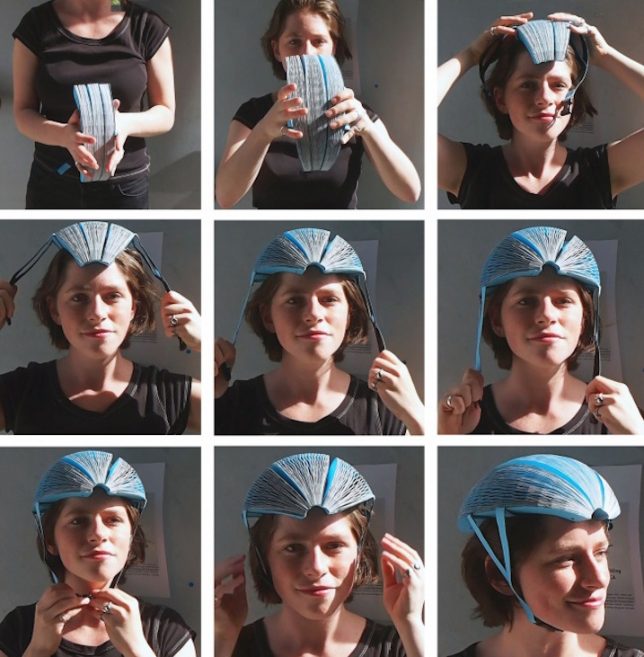
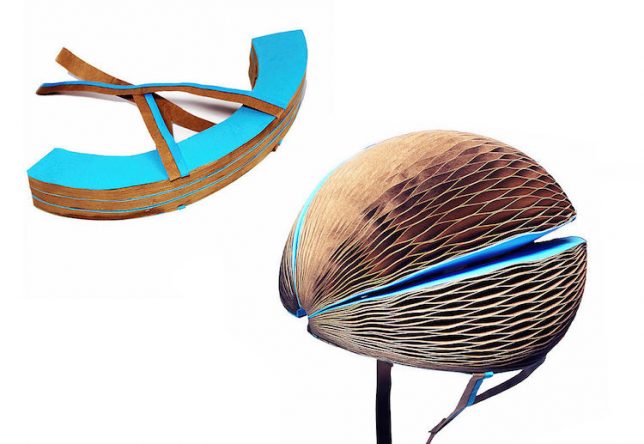

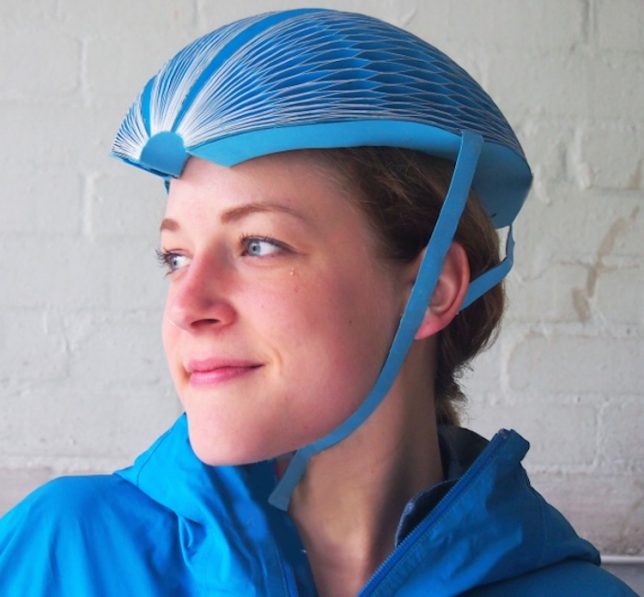






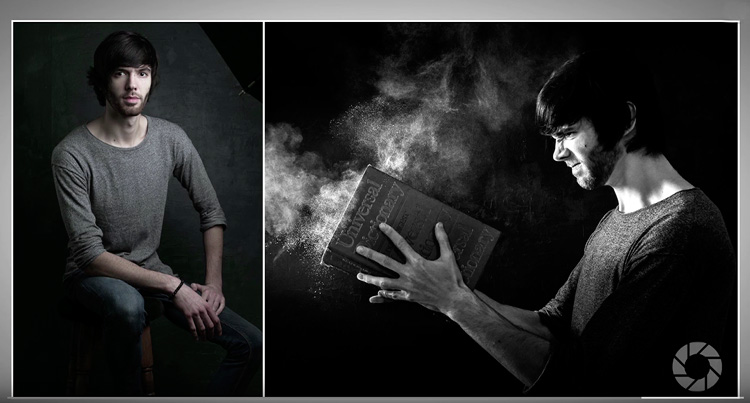

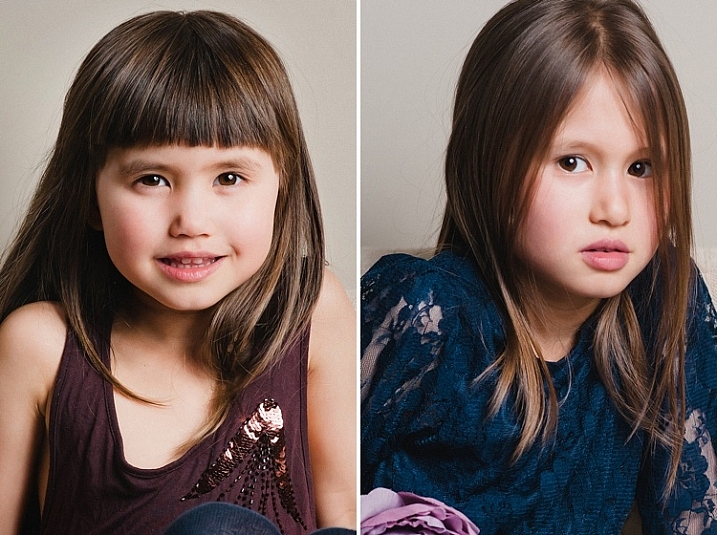
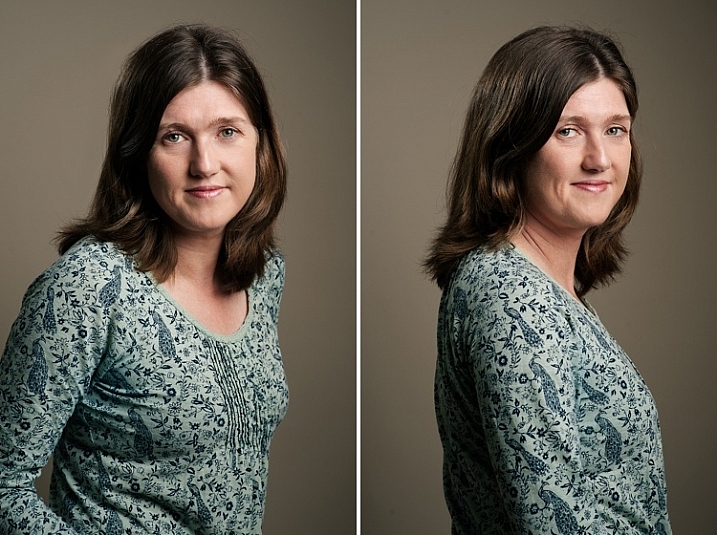
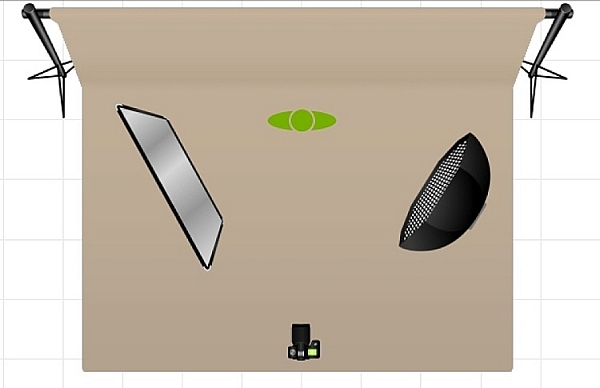
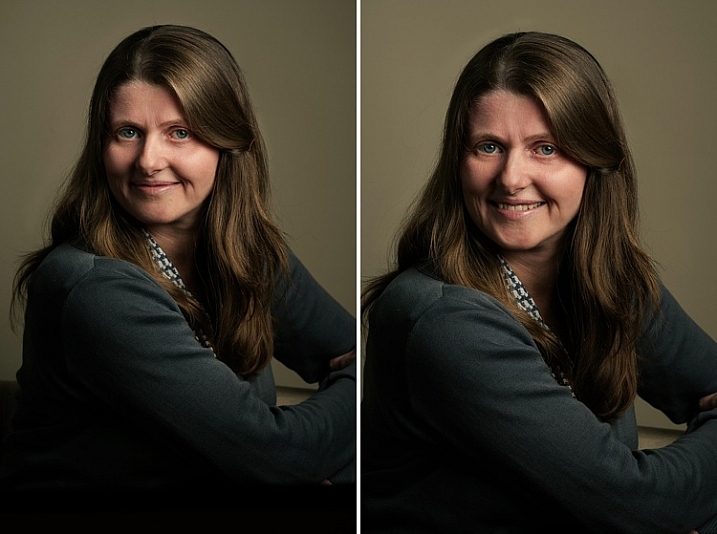
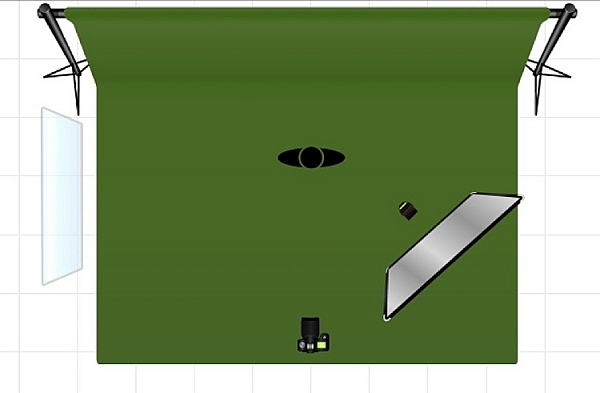
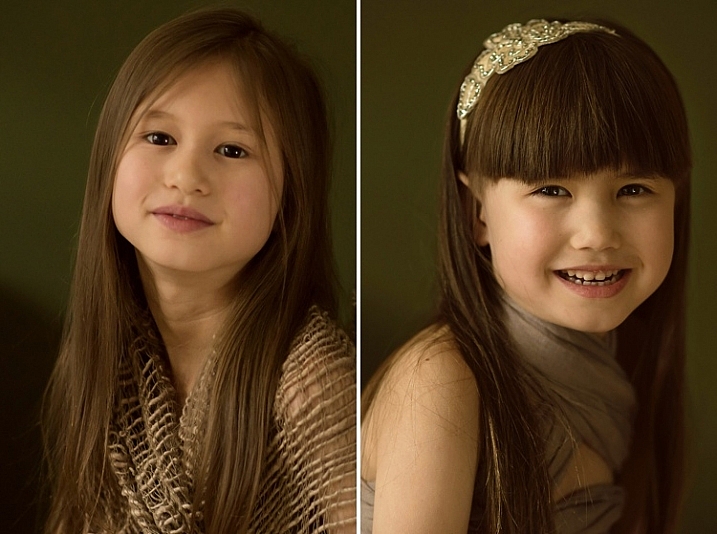
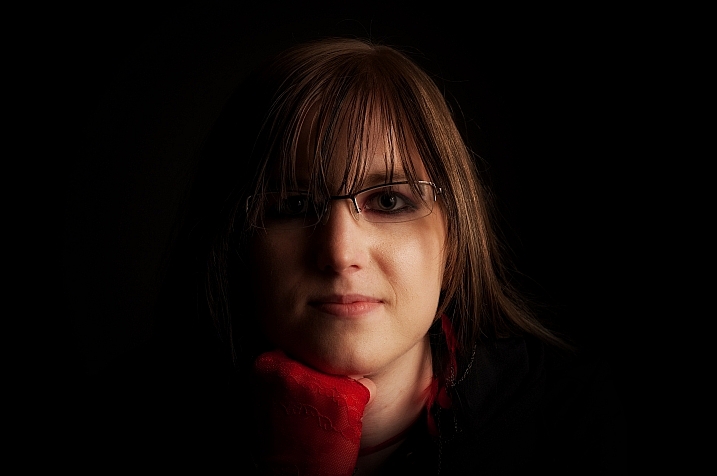
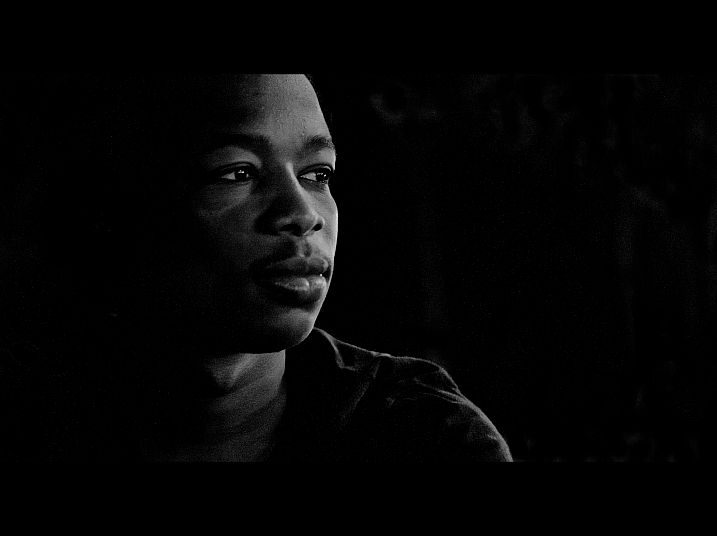
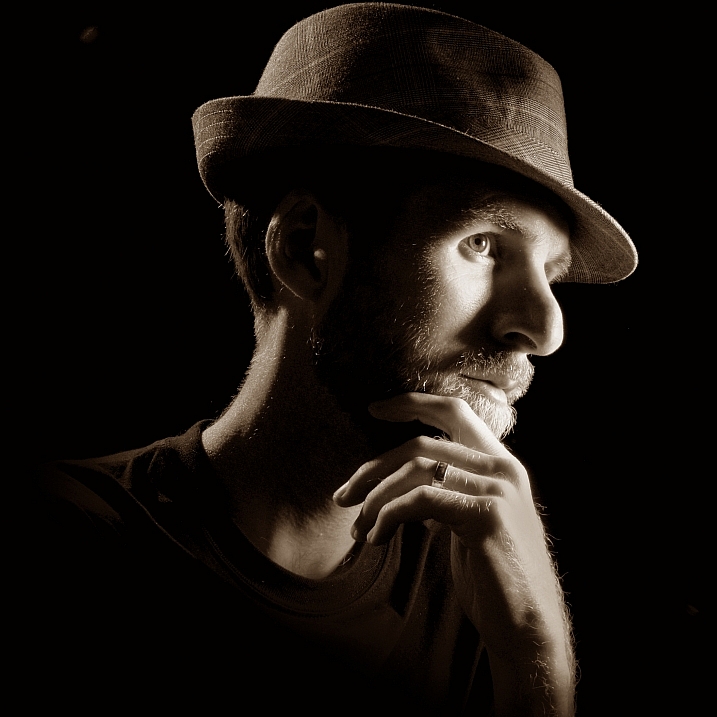
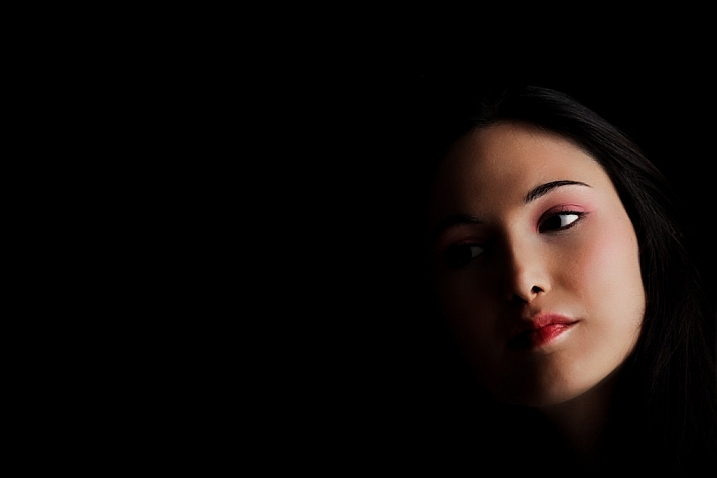

You must be logged in to post a comment.